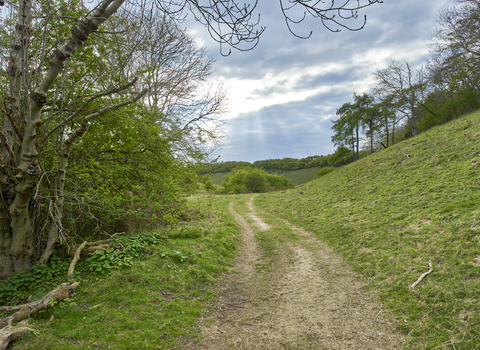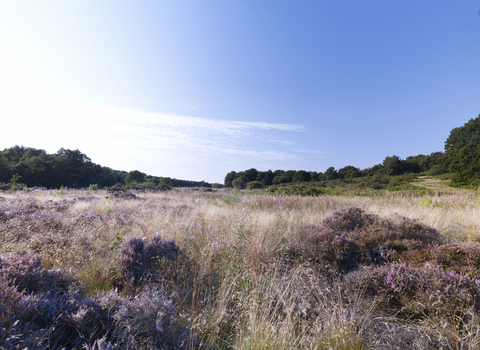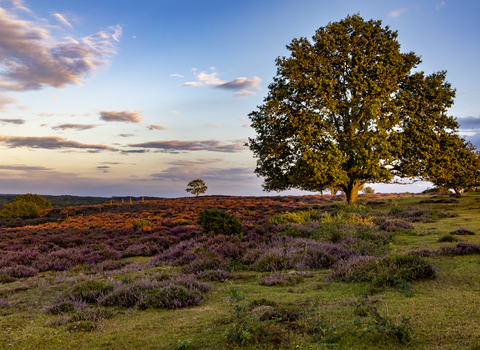Please note: Holme visitor centre, reserve and car park will be closed on Monday 15th December until 12pm to allow for essential track maintenance.
Holme visitor centre will also be closed on Tuesday 16th December 2025 and Wednesday 21st January 2026.
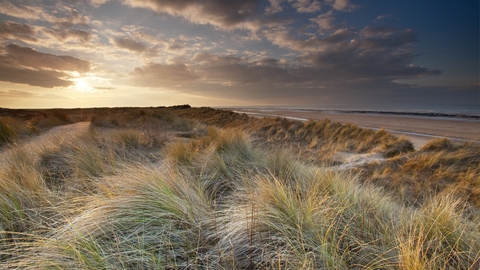
Holme Dunes (credit: Richard Osbourne)
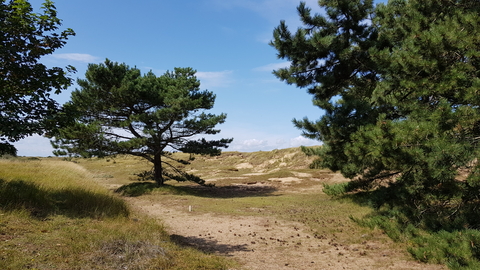
Trees and dunes at Holme (credit: Michelle Reeve)
Location
OS Map Reference
TF 714 449View on What3Words
Know before you go
Dogs
No dogs permitted in visitor centre apart from assistance dogs. Dogs are welcome on the patio outside the visitor centre, dog leash hooks are provided. Please observe signage on site and keep dogs under effective control or on a short lead to avoid disturbance to livestock and wildlife.
When to visit
Opening times
Reserve: Every day, all year round, 10am-5pm (or dusk, if earlier, during winter). Closed Christmas Day.Visitor centre and cafe: March to last Sunday in October: 10am – 5pm.
Last Monday in October to end of February: 10am – 4pm (closed Christmas Eve and Christmas Day).
Please note the cafe closes half an hour before the centre.
Best time to visit
There’s lots to see all year round at Holme Dunes.About the reserve
The cattle on this site use no fence collars. Find out more.
Help us keep our threatened beach-nesting birds safe this summer by following signage, keeping dogs on leads when asked, and staying out of cordoned-off areas. Learn more.
The wide open space, big skies and sea air make Holme Dunes a wonderful place to take a brisk, bracing walk. In winter, with the tide out, you can find some rare solitude in its vast expanse. Visit in the summer months and you certainly won’t be the only one enjoying this beautiful beach.
As well as the sandy beach and dunes, the reserve boasts saltmarsh, stands of pine, grazing marshes, ponds and pools. All these habitats support important communities of plants, and a good range of invertebrates too. The site is also well-known for its large population of natterjack toads. On a warm, still, spring evening, the loud chorus of male toads can carry some distance.
Holme was used as a tank firing range during the Second World War, and remnants can still be found here. Much earlier remains have also been discovered, including Roman pottery. In 1988, a well-preserved Bronze Age timber circle was discovered, which became known as ‘Seahenge’. The circle was uncovered by strong tides, having been hidden for some 4,000 years. No longer at Holme, the structure was removed for preservation purposes by archaeologists. It is now on view at King’s Lynn Museum.
This area of North Norfolk is well-known among birdwatchers for the high number of migrating and vagrant birds that pass through. Scarce migrant birds such as wryneck, yellow-browed warbler, and barred warbler are almost annual. When weather conditions dictate, thousands of exhausted migrant birds may be found taking shelter among the coastal scrub and dunes, in what is referred to as a ‘fall’ of birds.
Species
Contact us
Environmental designation
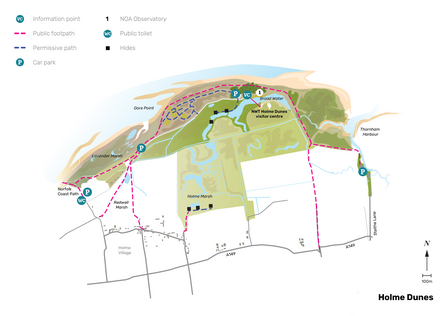
Illustrated map of Holme Dunes.
Seasonal highlights
Spring
Amphibians: natterjack toad.
Birds: little tern, migrating birds.
Summer
Birds: shorebirds, waders.
Plants: several species of orchid.
Autumn
Birds: migrating and vagrant birds.
Winter
Birds: wildfowl, waders.

